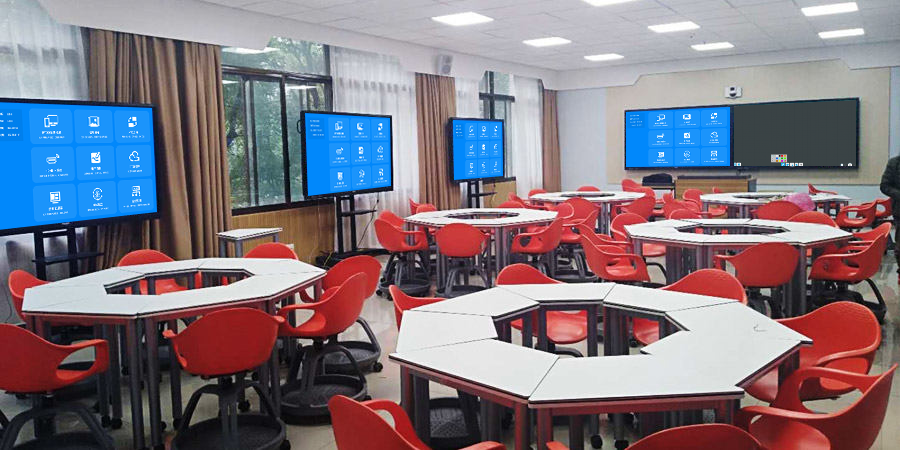Data shows that the traditional single-screen presentation model has obvious efficiency bottlenecks: 65% of participants report being unable to fully engage in discussions, 78% of ideas are lost due to presentation limitations, and the discussion time for each decision is extended by an average of 25% due to inadequate presentation.
The basic architecture includes four core components: a multi-channel video stream processing system, intelligent network bandwidth management, an adaptive screen layout algorithm, and accurate input device recognition. Connection methods support multiple solutions such as direct connection via wireless screen mirroring devices, transfer via network switches, and hybrid mode access.
Supports designers to simultaneously present concepts, provide real-time feedback on revisions, and conduct comparative analysis of multiple versions.
Enables real-time data sharing across departments, joint identification of project risk points, and visual task allocation processes.
Facilitates rapid presentation of ideas, enables 关联性 display of concepts, and provides voting support for decision-making.
- Complete device inspection and testing.
- Upload meeting materials in advance.
- Confirm participant permissions.
- Flexibly switch presenter modes.
- Precisely manage participant permissions.
- Mark key content in real time.
- Automatically save meeting content.
- Generate task allocation records.
- Organize meeting minutes documents.
Establish a quantitative evaluation system:
- Analyze the distribution of participants’ speaking duration.
- Count the number of creative ideas generated.
- Measure problem-solving time.
- Evaluate decision execution efficiency.
Continuously optimize meeting effectiveness through these data points.

